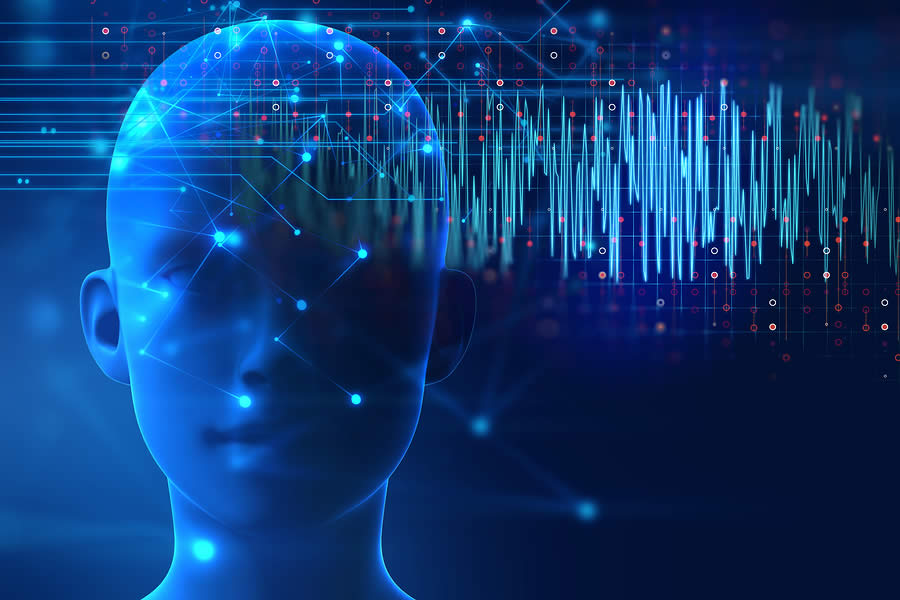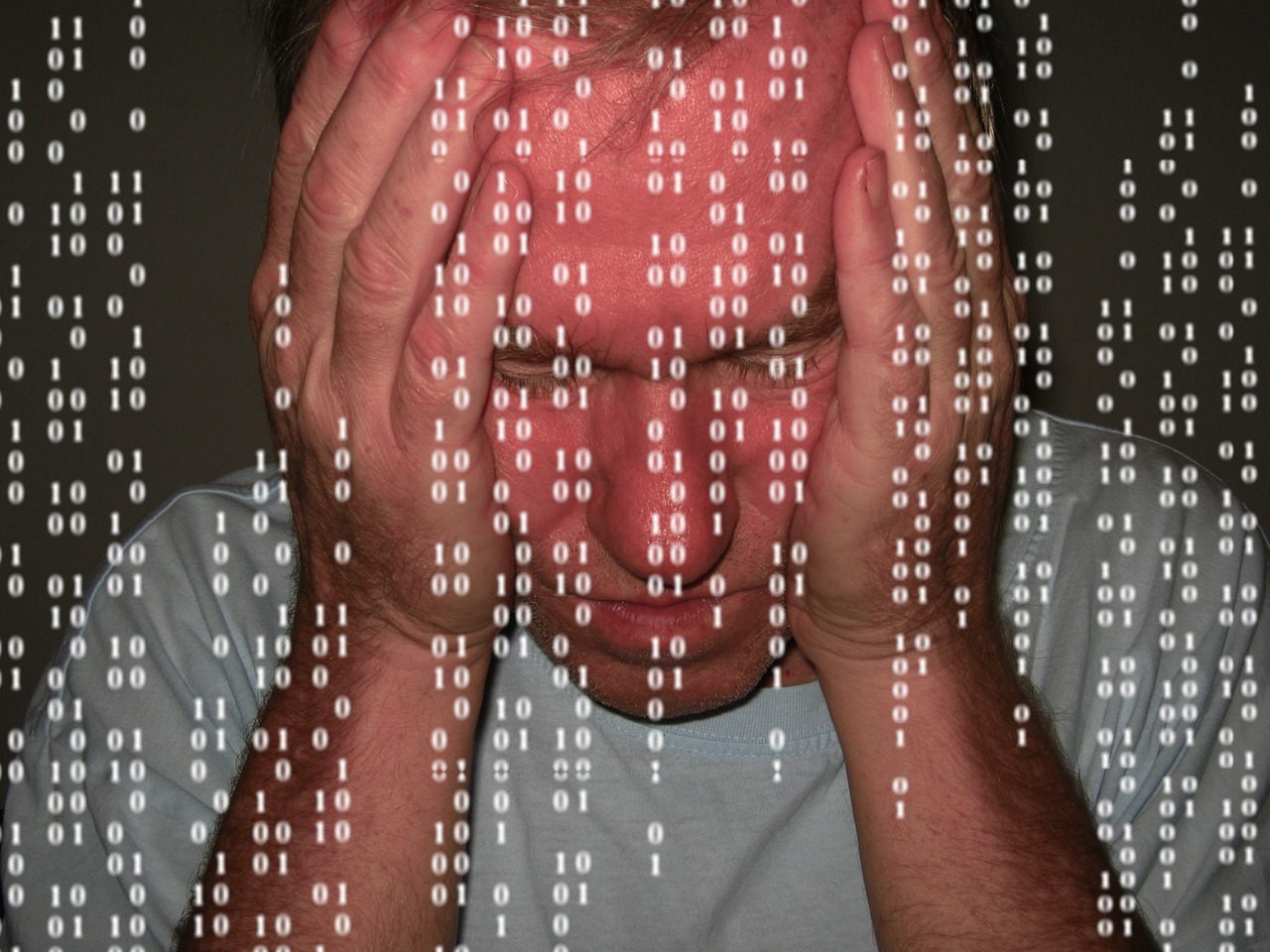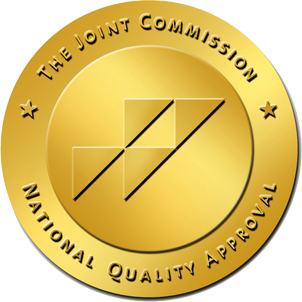
The word addiction itself comes from the latin phrase meaning “enslaved to” or “bound by”. Addiction is a disease of the brain that is characterized by the inability to stop using drugs or alcohol despite the user having experienced severe negative consequences throughout their everyday lives, such as job loss, relationship problems, or extreme poverty. People who suffer from this disease experience compulsive behavior related to using drugs and alcohol, they are unable to stop doing them even though they know it will cause further problems in life or keep them from bettering their situation entirely. People with substance abuse problems have distorted thinking, behavior, and bodily functions. However, not everyone who uses drugs or alcohol will become addicted, there are many factors that can lead to someone developing an addiction,
such as genetic predisposition, environmental factors like peer pressure, and dynamics in the family and home. When someone begins using drugs or alcohol, a surge of chemicals, mainly dopamine, are released inside the brain. Dopamine is often referred to as the brain’s reward and pleasure centers, this chemical is released naturally in the brain when we experience pleasurable moments like eating a delicious meal or participating in your favorite activity. When a person continuously uses drugs or alcohol, our brains begin to rely on this surge of chemicals and it needs them in order to function properly.
Disease is any condition that changes the way an organ functions, much like how heart disease permanently damages the heart. With prolonged and repeated use of drugs and alcohol, the brain begins to change over time, creating new pathways for these chemicals to go back and forth between neurons. This ultimately causes changes to the brain’s structure and the way the brain functions, some of these changes are even permanent. Drugs and alcohol change the brain in many ways but there are 3 areas that are most heavily affected.
Areas of the Brain Affected by Drugs and Alcohol
- Basal Ganglia- This area of the brain plays an important role in positive forms of motivation and our habit forming principles. This area of the brain allows us to feel pleasure and when it becomes inundated by drugs and alcohol it becomes less sensitive to the natural reward system, making it difficult to feel pleasure without the use of drugs and alcohol.
- Extended Amygdala- The extended amygdala plays an important role in producing feelings such as anxiety, irritability, and overall uneasiness, which are typically synonymous with feelings of withdrawal. With repeated use of drugs and alcohol, this area of the brain becomes more sensitive, causing the user to seek drugs and alcohol again to avoid these negative feelings.
- Prefrontal Cortex- Perhaps the most crucial of all, this area of the brain plays an important role in the ability to think, plan, solve problems, make decisions, and exert self control over impulses. This is also the last part of the brain to mature, making teens more susceptible to becoming addicted to drugs and alcohol. When drugs and alcohol are repeatedly used, it shifts the circuits from stress, to reward, to lack of impulse control, ultimately creating a situation where drugs and alcohol have taken over.
How Brain Imaging Can Help Fight Addiction
With the evolution of science, this has changed the model of addiction. What was once seen as lacking moral fortitude or the ability to control one’s actions, scientists and doctors now understand that it requires more than good intentions to fight this disease. Now widely recognized as a brain disease and cataloged as a mental health disorder, doctors and scientists have been conducting brain imaging studies in order to better understand how to effectively treat and manage this chronic disease. Since addiction causes changes to the brain, there are differences when comparing brain image scans of a non addict to an addict.

Areas like the prefrontal cortex, the part of the brain responsible for decision making, show major differences that can be attributed to the lack of self control in addicts and their inability to stop using drugs and alcohol. Using brain scans to help treat addiction has shown significant promise to recovering addicts and their families. Aside from the medical standpoint, brain scans help in many ways when it comes to recovery.
How Brain Scans Help Recovering Addicts
- Brain Scans Don’t Lie- Brain scans clearly show toxic damage and exposure that is caused by drugs or alcohol. These illegal substances negatively impact areas of the brain that play an important role in being able to control one’s emotions and critical thinking abilities, brain scans show the damage left by drugs and alcohol.
- Brain Scans Reveal Effects of Drugs- Seeing as how brain scans don’t lie, it is much easier to understand the correlation between drug and alcohol use and the visible damage caused by them. Substances like marijuana and nicotine cause significant changes in brain function and even everyday things like sugar can impact the way our brains operate on a daily basis.
- Brain Imaging Shows That There is More Than One Addiction- Through brain imaging, we have been able to gain a deeper understanding into addiction. Now, addiction can be broken down into different categories.
- Compulsive Addicts
- Impulsive Addicts
- Impulsive-Compulsive Addicts
- Sad or Emotional Addicts
- Anxious Addicts
- Temporal Lobe Addicts
Researchers have gained valuable insight into how to effectively treat and manage multiple types of addiction, instead of grouping them all together.
- Brain Imaging Helps to Break the Stigma and Shame- For years, decades even, addiction was treated as a lack of will power and moral discipline. With the advancement of technology, brain scans prove that drugs and alcohol alter the structure of the brain. An addict who is suffering may also feel as though it is all their fault, brain imaging helps show that addiction is a disorder of the brain.
- Brain Scans Help Remove Denial- Many people with addictions are in denial that they even have a problem. When an addict is confronted with a brain scan image that shows visible damage from drugs and alcohol, it is difficult to deny that there is an underlying issue.
- Brain Images Help Families Understand- Much like when an addict is shown their brain on drugs, when a family member is shown the scans of loved one it can help remove any blame they place on each other knowing that addiction is a result of chemical and structural changes to the brain, not something they did personally.
- Brain Scans Can Reveal Co-occurring Disorders- Another benefit when using brain imaging as an additional tool to combat addiction is that it can also reveal co-occurring disorders, such as traumatic brain injuries, depression, or ADHD. In order to heal from addiction, these issues also need to be addressed.
- Brain Scans Give Hope- Being able to see that your brain is toxic can be a great motivator. Brain scans also make it easy to track the progress of an individual throughout their treatment plan and their sobriety. Using before and after pictures can help someone stay motivated by being able to actually see the healing of their brain.
With a deeper understanding of addiction, we hope to remove the stigma surrounding it. There is no shame in asking for help, if you or someone you know are addicted to drugs, reach out to us for help today! We have many treatment programs available designed to fit your needs.






